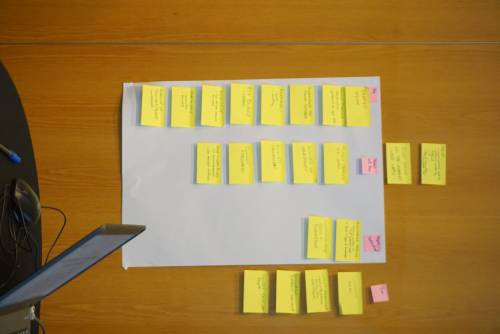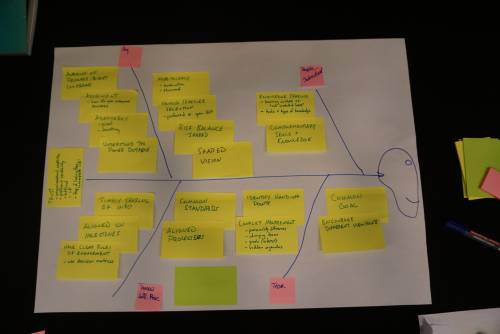Design 2018 - The Changing Innovation Landscape: Success in Collaborative Engineering
21st May 2018
New innovation landscapes have radically changed and advanced collaborative practices in order to develop more user-centred, innovative and customised products in a timelier manner. The innovation process is discontinuous, dispersed and open which in turn creates opportunities for new business models and markets. The product development process is democratised and adopts dynamic capabilities to radically innovative and sustain competitive advantage. cloud-based methods, redistributed manufacturing, Industry 4.0, and open innovation are representative of the methods used to drive research within this innovation landscape. This has, in turn, prompted a motivation for industry to adapt their organisational practices to remain competitive.
The Collaborative Design SIG has been working to define the characteristics of successful collaborative practices through previous workshops. These characteristics present complex challenges to conventional industrial practice and confounds the benefits gained from wide-spread implementation relating to extending knowledge management practices beyond the boundaries of the organisation and the subsequent manipulation of this knowledge; the operation of formal and informal collaborative networks that manages ambiguity, equivocality, and conflicting constraints; the adaptation of organisational structures to become more flexible, agile and open; and the ownership of the product development process.
This workshop brought together collaborative design and innovation researchers with the aim of creating a coherent, integrated, and more holistic understanding and definition of the collaboration challenges within an open innovation landscape.
Workshop Format:
The workshop lasted two hours and was formatted as follows:
- An introduction on successful collaborative engineering and the changing innovation landscape.
- A model of successful collaborative design created from previous workshops was presented in the form of a causal diagram. Participants will be asked to explore the diagram and engage in discussion.
- Building upon this model, groups of participants were asked to discuss future collaborative challenges in the context of the changing innovation landscape.






